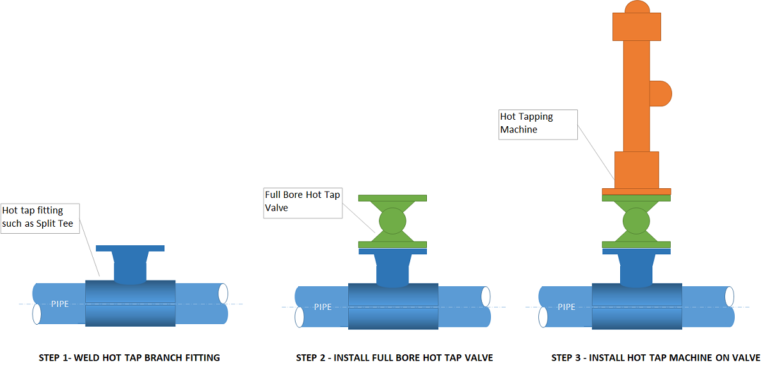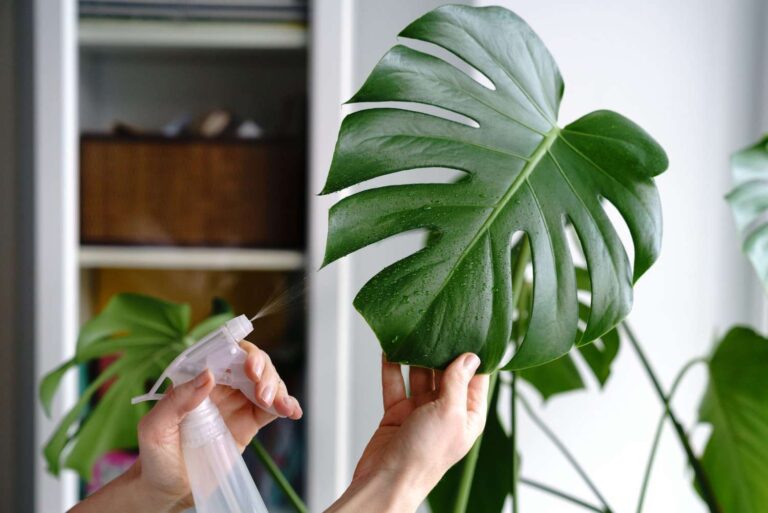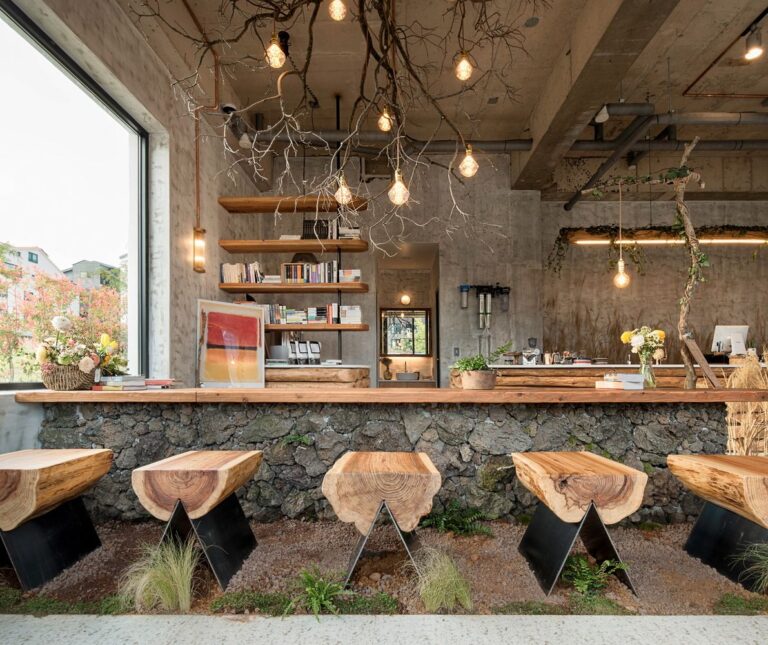How Do You Build A Perfect Garden?
Building the perfect garden can be a daunting task. However, with the right planning and dedication, it is possible to create a garden that you will be proud of. First, you will need to decide what type of garden you want, as well as what type of plants and flowers you want to include. Next, you will need to consider the climate and soil conditions of the area where you plan to build your garden. Once these considerations are taken into account, you can begin to plan out the layout of your garden. This includes deciding what kind of pathways, benches, and other features you want to include. Finally, you will need to consider the watering and fertilizing needs of the plants and flowers you have chosen. With a bit of patience and hard work, you can create a beautiful garden that will provide you with years of enjoyment.
Identifying the Right Location for Your Garden
Gardening is an enjoyable pastime, but it requires some forethought to get the best results. One of the most important aspects of successful gardening is determining the ideal location for your garden. After all, you need to find a spot that has the right amount of sun and shade, is large enough to accommodate the plants you want to grow, and offers the right soil type and drainage.
To start, it’s best to find a spot with plenty of sun exposure. Most plants require at least six hours of direct sun each day, so look for an area that can provide that. You also want to make sure the area you choose is not susceptible to flooding, as this can cause the soil to become waterlogged and impede root growth.
The soil type in your chosen area is also important. Different plants have different needs when it comes to soil type, so consider the type of plants you will be growing before selecting a site. Some plants prefer sandy soil, while others thrive in clay soil.
Finally, the size of the garden should be taken into consideration. Make sure the space you select is large enough to accommodate the plants and other features you plan to include.
By taking these factors into account, you can find the ideal location for your garden, resulting in a beautiful and bountiful space.
Preparing the Soil for Planting
Creating a perfect garden starts with the foundation – the soil. The type of soil you use will determine the growth and health of your plants, so it is important to ensure you are preparing the soil correctly. To start, you should test your soil to determine its pH, nutrient levels, and any potential contaminants. You can also opt to add compost or other amendments to the soil to provide additional nutrients and help the soil better absorb water.
Next, you need to till the soil, either using a shovel or a tiller. This will loosen the soil and help it to absorb more water and nutrients. You should also remove any weeds, rocks, or debris that may be present in the soil. After tilling, you should rake the soil to make it even and level. Finally, you should add a layer of mulch to the soil. This will help to suppress weeds and keep the soil cool, moist, and healthy. With the soil prepared, you are ready to start planting your perfect garden.
Choosing the Right Plants for Your Garden
Building the perfect garden requires more than just picking plants that look good. You must consider the climate, soil type, and amount of sunlight in the area where you want to create your garden. To get the most out of your garden, you need to choose plants that can thrive in the conditions of your particular location.
When selecting plants, you should consider the type of soil, climate, and light exposure in the area you’re planting. You should also think about the age and maturity of the plants. Do you want to start from scratch and grow your own plants, or are you looking for plants that are already mature? Knowing the answers to these questions will help you choose the right plants for your garden.
Once you’ve determined the right plants for your garden, you should look into the maintenance of each plant. Different plants require different levels of care, and you should select plants that will fit into your lifestyle. If you’re a busy person, look for low-maintenance plants that don’t require a lot of attention. If you’re a gardening enthusiast, you may want to look for more complex plants that require frequent pruning and fertilizing.
Finally, you should think about the design of your garden and the types of plants that will best complement it. Planting a variety of flowers and shrubs in different colors and sizes will give your garden a unique and beautiful look. Once you’ve chosen the right plants for your garden, you can begin to bring your vision to life.
Creating the Perfect Garden Layout
Gardening can be an immensely rewarding activity. But creating the perfect garden layout takes a bit of planning and work. To get started, take a look at your space and consider what will work best for you. Think about the size and shape of the garden, the climate in your area, and the plants that you’d like to include. Consider how much sun and shade you have and the soil type. Once you have a clear idea of what you want to create, you can start designing your garden.
It’s important to consider the scale of the garden. Smaller gardens are often easier to maintain, while larger gardens have more potential for creativity and diversity. Think about the different elements of the garden, such as paths, seating, and plants, and decide how you’d like them to look and interact with each other. Sketch out a few ideas and decide which one is the best design for your garden.
Once you have a design, you can begin to plan out the plants and other elements of your garden. Choose plants that are suitable for the climate and soil type, and consider how you can use trees and shrubs to add structure and definition. Choose flowers that will bloom throughout the season and experiment with different colors and textures. Add some features such as ponds, birdbaths, and seating to make it your own. Finally, think about how you can use lighting and hardscaping to enhance the beauty of the garden.
Creating a perfect garden layout is a process, but with careful planning and creativity, you can create a garden that is unique and beautiful. Follow these tips, and you can create a garden that is not only beautiful but also sustainable and enjoyable for years to come.
:max_bytes(150000):strip_icc()/how-to-start-a-garden-from-scratch-2132778-hero-5f6138784a034bad8bf9607ccb18dbed.jpg)
Installing Gardening Essentials
Creating a perfect garden requires more than just a green thumb. It takes a combination of planning, material selection, and installation of the correct gardening essentials. Knowing which elements are necessary to bring your dream garden to life is key. Installing the correct elements can save you time and money in the long run.
Before you get to the installation phase, you’ll need to plan your garden area. Think about the size, shape, and location of your garden. Once you decide the size and shape, it’s time to purchase the correct materials. Depending on your garden design, you may need to purchase soil, mulch, gravel, wood chips, and other materials.
Once you have the material, it’s time to install the gardening essentials. For example, you’ll need to install irrigation systems to help keep your plants hydrated. If your garden is in a sunny area, you’ll also need to install a shade structure. Other considerations include fencing, trellises, and garden lighting.
Installing the correct gardening essentials can make all the difference in the success of your garden. With the right materials and installation, you can create the perfect garden and enjoy it for years to come.
Maintaining Your Garden
Creating a beautiful and healthy garden is a rewarding experience, but it doesn’t happen overnight. To ensure that your garden remains in top condition, it is important to understand the basics of maintenance and how to best take care of your plants. Maintaining your garden requires understanding the different needs of each type of plant, and learning how to best provide the right conditions for them to thrive.
It is important to assess your garden regularly to identify any potential problems and address them as soon as possible. This could involve removing weeds, pruning plants, or checking for signs of disease or insect infestation. Regular watering is also essential to keep your plants healthy, and you should adjust the frequency of your watering schedule to account for seasonal changes in temperature and rainfall. Additionally, mulching your garden can help to retain moisture and keep weeds at bay.
Fertilizing your plants can help to give them a boost and ensure they remain healthy. This should be done in moderation and according to the specific needs of each type of plant. Composting is also a great way to provide additional nutrients to your plants and reduce the amount of waste you produce.
By understanding the basics of garden maintenance and following a regular schedule, you can ensure that your garden remains beautiful and healthy for years to come.
Dealing with Pests and Diseases
Pests and diseases can be a major problem when it comes to gardening, making it difficult to create a perfect garden. To successfully deal with pests and diseases, it is important to identify the issue quickly and then take the necessary steps to eliminate the problem. Common pests and diseases include aphids, slugs, powdery mildew, and whitefly. To tackle these, you can use organic gardening methods such as companion planting and crop rotation, or chemical methods such as pesticides and fungicides. If you are unsure of the problem, a soil test or plant tissue test can help you identify the issue. No matter which method you choose, it is essential to be persistent and consistent with treatment and monitoring. With the right techniques, you can successfully manage pests and diseases and create a beautiful and healthy garden.
Creating Additional Accents in the Garden
Adding accents to your garden can create a unique and beautiful aesthetic. From sculptures and fountains to wind chimes and birdhouses, these elements can add visual interest and a touch of whimsy to your outdoor space. There are many factors to consider when selecting accents for your garden, such as the style of your garden, the size of the accents, and the color schemes and textures you want to incorporate. Additionally, you’ll want to make sure that the accents you choose are made from durable materials that can withstand the elements.
When selecting accents for your garden, think about how they will interact with the existing environment. For example, a large statue may be too grandiose for a small garden, while a few small sculptures could look more appropriate. You could also use colorful plants or trees to create visual interest, or add a trellis for climbing vines and flowers. Alternatively, some gardeners prefer to create a more rustic feel with accents such as barrels, birdbaths, and wagon wheels.
By incorporating the right accents, you can create a unique and inviting garden space that will draw in visitors and provide a pleasant atmosphere to relax and enjoy the outdoors. When selecting accents for your garden, make sure to consider the size, color, and texture of the elements, and ensure that they are made from materials that can withstand the elements. With the right accents, you can create a beautiful, inviting garden that will be a source of beauty and enjoyment for years to come.
FAQs About the How Do You Build A Perfect Garden?
1.What are some tips for designing a perfect garden?
Answer: Planning is key when designing a perfect garden! It’s important to consider the size and shape of your garden, the types of plants that will best thrive in the space, and the maintenance that will be required. Additionally, be sure to select plants that have similar sunlight and water needs, and create a space that will be inviting to you and your family.
2. How do I prepare the soil for my garden?
Answer: Preparing the soil for your garden is an important step in creating a perfect garden. Depending on the types of plants you intend to grow, you’ll want to adjust the soil pH, add compost, and apply fertilizer. For best results, consider having your soil tested to determine which nutrients are needed and in what amounts.
3. What are some common mistakes to avoid when creating a garden?
Answer: Common mistakes to avoid when creating a garden include not testing the soil beforehand, selecting plants that require different levels of sunlight or water, and planting too closely together. Additionally, be sure to select plants that are suitable for the climate and soil type of your garden, and consider the amount of maintenance and upkeep the garden will require before planting.
Conclusion
Building a perfect garden requires time, patience, and a lot of hard work. It is important to plan out the layout of your garden to ensure that it will look its best. You need to pay close attention to the type of soil, the amount of sunlight, and the amount of water needed to ensure your plants will thrive. Additionally, you must select the right plants for your garden and keep up with their maintenance. With proper planning and care, you can create a beautiful garden that will be the envy of your neighbors.






